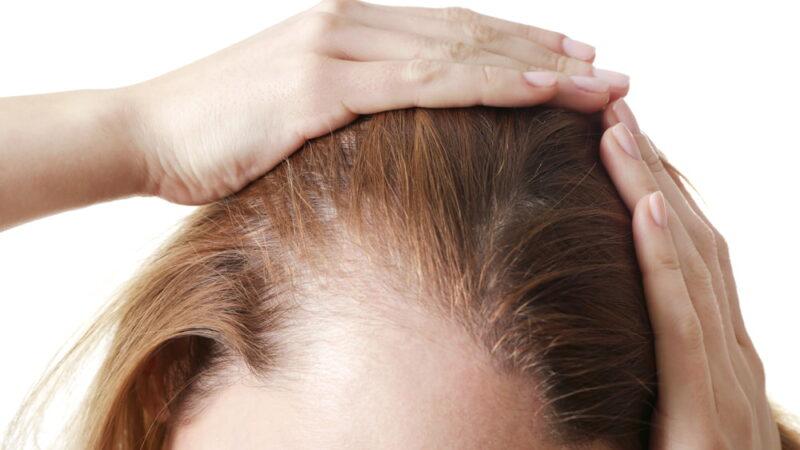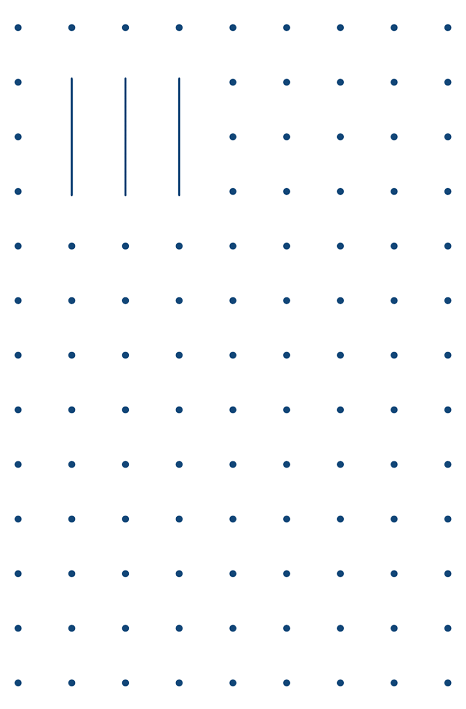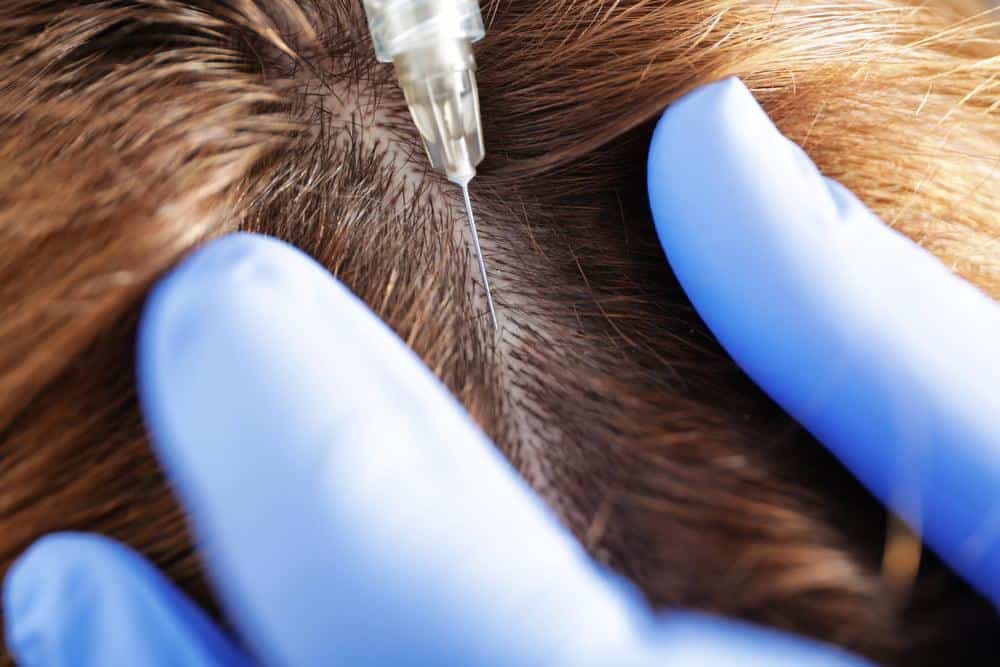
Understanding and Managing Female Pattern Hair Loss


Female pattern hair loss (FPHL) is a significant concern for many women worldwide. This condition, characterized by thinning hair and a widening parting, can be distressing and affect a woman’s self-esteem. However, with proper management and expert interventions like those available at Bangkok Hair Clinic, women can effectively combat the progression of FPHL.
Let’s look into female pattern hair loss, its causes, and how it can be managed and cured. For permanent hair loss treatment in women, consult Bangkok Hair Clinic’s surgeons to learn about our FUE hair transplant cost and procedure.
Pattern hair loss, also known as androgenetic alopecia, is a genetically predetermined disorder that is the most common type of hair loss in men and women. For women, it typically manifests as a gradual thinning of hair, particularly on the crown and top of the scalp, often more noticeable after menopause due to hormonal changes.
While female pattern hair loss (FPHL) is a genetic predisposition, hormonal changes, especially those involving androgens (male hormones present in smaller amounts in women), play a significant role. Other factors may include aging, nutritional deficiencies, extreme stress, certain medical conditions, and treatments.
Signs of female pattern hair loss include a widening part line, especially on the crown. There may be signs of hair thinning in some areas and excessive hair shedding when you shower and brush your hair. If noticeable hair loss concerns you, schedule an appointment with a hair specialist for a professional consultation.
Preventive measures and early interventions involve a combination of lifestyle changes and medical treatments. Strategies include maintaining a balanced diet and ensuring an adequate intake of vitamins and minerals that support hair health, such as iron, vitamin D, and omega-3 fatty acids. Engaging in activities to reduce stress, like yoga, meditation, or regular exercise, can also help improve hair health.
To care for your hair, avoid hairstyles that can pull on the scalp and minimize the use of harsh chemicals. Using volumizing shampoos, gentle styling products, and avoiding high heat can help reduce hair loss. You can also try over-the-counter treatments like topical Minoxidil to help with hair regrowth.

There are several other treatments and procedures for managing female pattern hair loss:
Hormonal Therapies: Because FPHL is often influenced by androgens, treatments that modify hormonal levels can be beneficial. Options include Spironolactone, an anti-androgen that can reduce hair loss by minimizing the testosterone production and its conversion to DHT (dihydrotestosterone), and androgen which contributes to hair follicle shrinkage. Oral contraceptives can help regulate hormone levels and reduce the impact of androgens on hair loss, particularly in premenopausal women.
Platelet-Rich Plasma (PRP) Therapy: This natural hair restoration solution for women involves drawing a small amount of the patient’s blood, processing it with enriched platelets, and injecting it into the scalp. PRP contains growth factors that can stimulate hair growth and strengthen hair follicles.
Low-Level Laser Therapy (LLLT): This hair loss treatment option for women uses therapeutic laser light to stimulate cell activity and promote hair growth. It’s particularly suited for women who prefer a drug-free approach to hair restoration.
Hair Transplant Surgery: When other treatments fail to provide the desired results, hair transplant surgery, such as the FUE method offered at Bangkok Hair Clinic, can be a viable and more permanent solution. It involves transplanting hair from denser areas of the scalp to areas affected by thinning.
A one-on-one evaluation and consultation with a specialist can ensure your treatment plan is right for you. When deciding on a hair restoration method for women, consider the following factors:
At Bangkok Hair Clinic, our approach to female pattern hair loss cures is comprehensive and personalized. We provide each patient with a tailored plan that may include one or a combination of the above treatments based on their needs and hair loss condition. Our clinic is equipped with advanced diagnostic tools to assess your condition accurately, and our specialists are committed to offering the latest and most effective hair loss and restoration treatments available for women.
From preparation through to post-surgery, our team ensures that each step is handled with the utmost precision and care. Our surgeons are skilled in the latest techniques to help patients achieve high transplant success rates and natural-looking results.
Female pattern hair loss can be challenging, but it can be managed effectively with the right treatment plan. Consult the experts at Bangkok Hair Clinic to find a treatment plan that works best for you.
Q: What is the most effective treatment for female hair loss?
A: Early-stage hair loss often improves with treatments like Minoxidil and PRP. Advanced thinning may need FUE hair transplant for permanent treatment.
Q: Is women’s hair restoration via transplant permanent?
A: Hair transplants for women are generally considered permanent. Transplanted hair follicles are resistant to thinning and will continue to grow naturally after transplantation.
Q: Can I use Minoxidil for the long term?
A: Minoxidil is generally considered safe and effective for long-term use in women. While some women may experience scalp irritation or dryness, these are usually mild and manageable.
Q: Are natural oils or vitamins enough to address hair thinning?
A: While natural oils and vitamins can support healthy hair growth, they may not be sufficient to address hair thinning on their own. They’re best used as part of a comprehensive approach addressing underlying causes and other potential treatments.